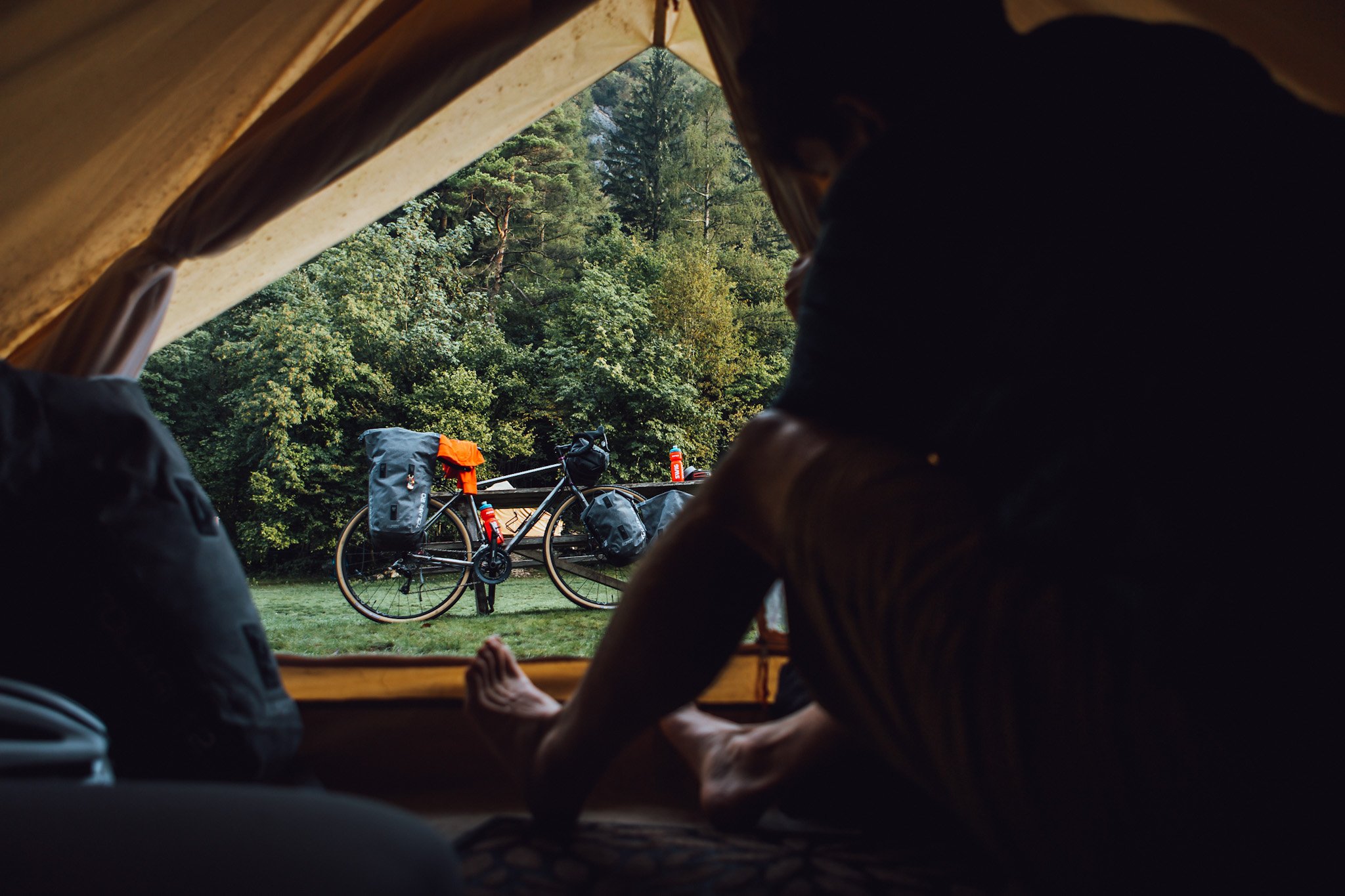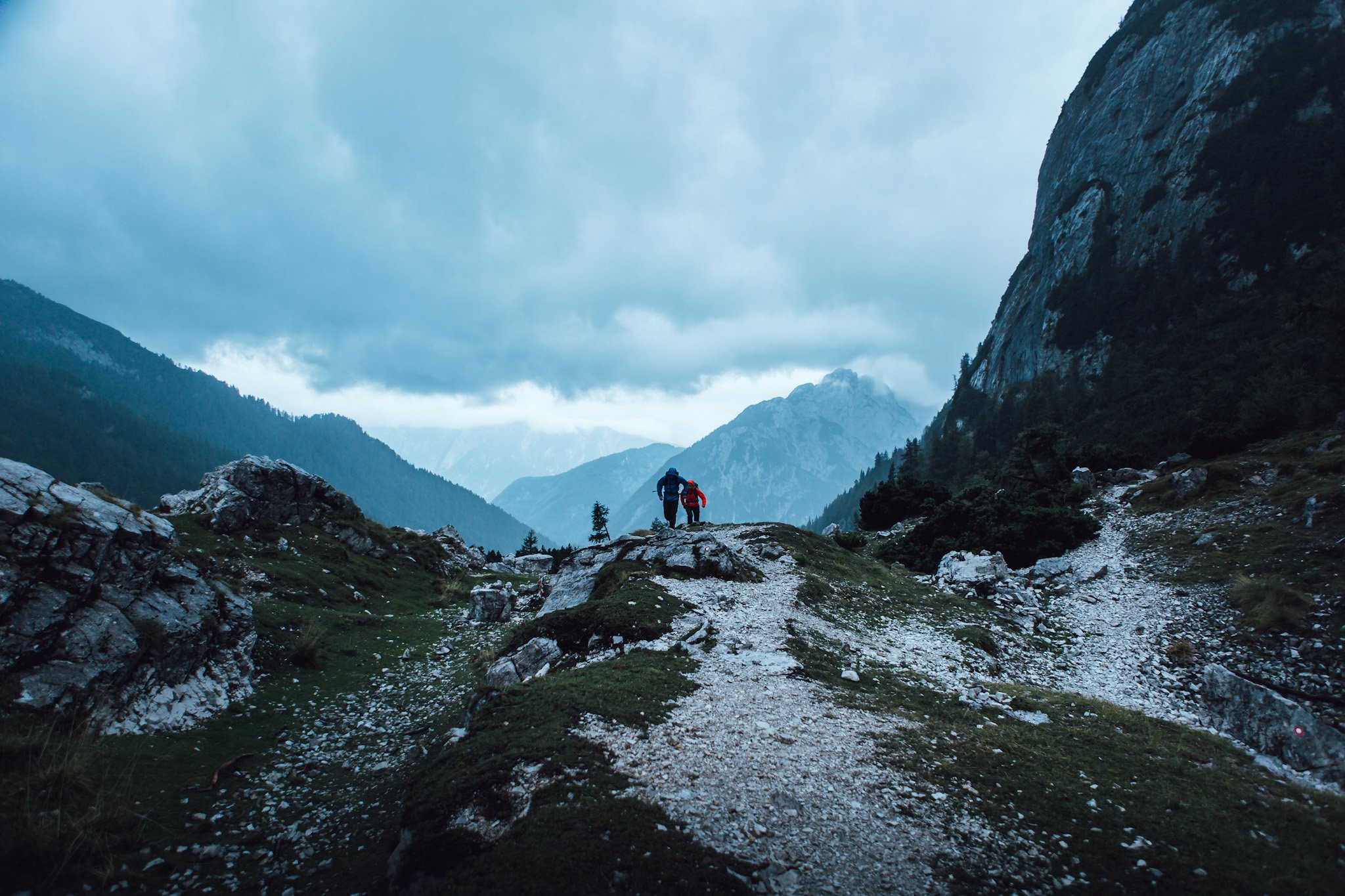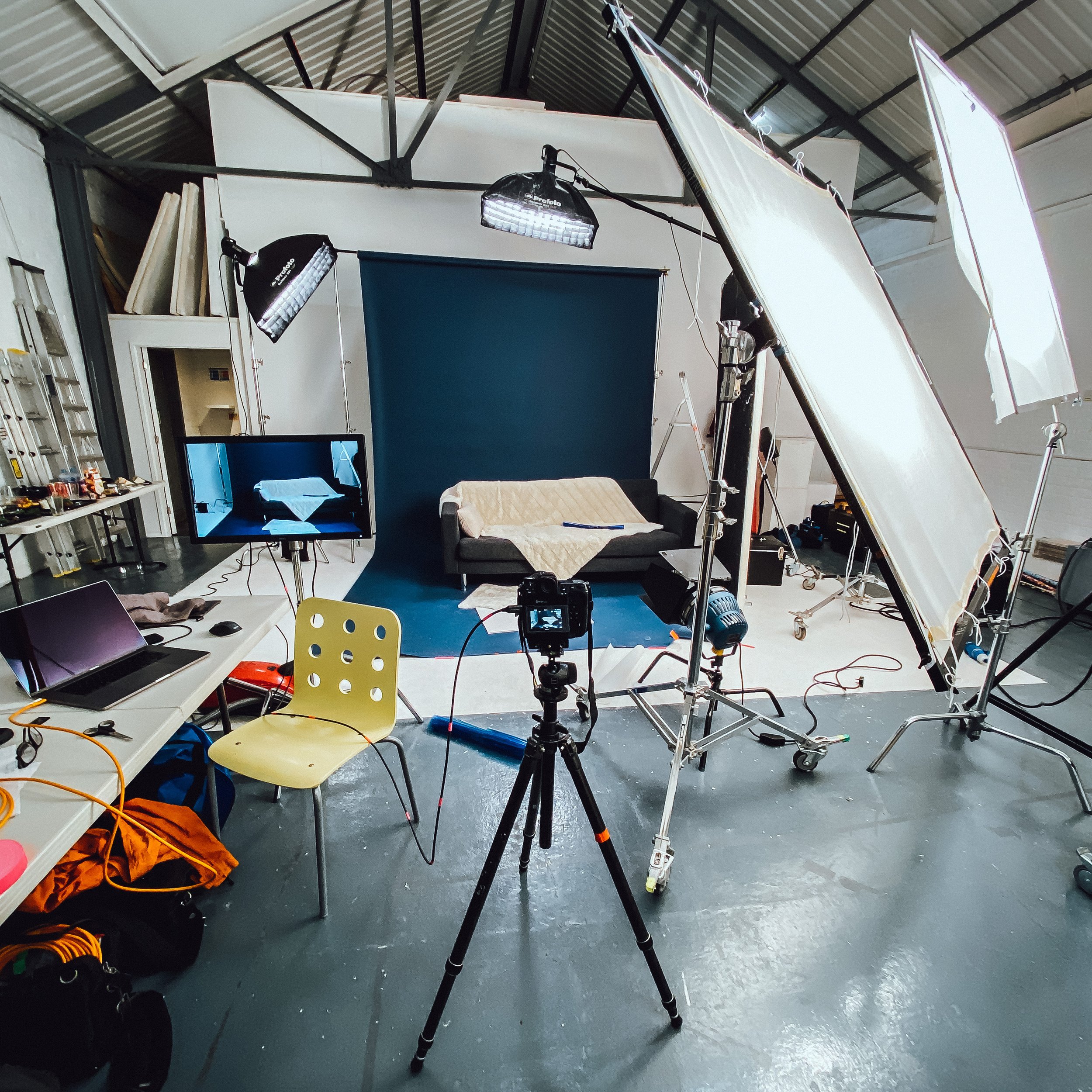The long and short of surviving a downturn. A don’t panic guide for outdoor and lifestyle brands.
Recently I embarked upon an entirely fictional trip to the deepest jungles of South America searching for two desperately hard to find things: number one, any benefits of Brexit, and number two, a Mysterious City of Gold (#80schild), in order to pay to fill my car up with fuel. On my return to the Outsiders Studio I discovered the team busily arranging a Crowdcube fundraiser; we needed a pack of butter for the office fridge, so investors were being sought. These two made-up events made me realise that the whisperings of an approaching global recession may have some credence.
In the U.K. we haven’t yet experienced the two continued quarters of GDP decline which earn the official recession moniker, but the latest ONS findings aren’t exactly peachy: “Real Household Disposable Income (RHDI) fell by 0.2% this quarter – nominal household gross disposable income grew but was offset by quarterly household inflation; this is the fourth consecutive quarter of real negative growth in disposable income.”
To put things more starkly, when the price of a litre of petrol has almost doubled in the last 2 years and that of a packet of pasta increased by 50%, it’s not hard to see that household disposable income for non-essential items is going to be massively squeezed.
These figures are confirmation that the clusterfeck of global geopolitical awfulness, has people feeling the pinch. Inflation is at a 40 year high in the U.K. A slowdown of some sort is already happening.
Combined with the current difficulties with the supply chain in the outdoor and lifestyle sector this downturn is going to make the next few quarters well, ‘sub-optimal’.
So what to do? How to survive? How to keep your brand successful, and how do you recover quickly? Here’s our little don’t panic guide:
1. Breathe. Robustly swearing at your latest ROAS figures won’t help (well, maybe it will help a little). We’ve been in slowdowns before. We have evidence and methodologies to help you survive and prosper afterwards.
2. Don’t burn years of hard-won brand equity in a bonfire of hastily executed price slashing. Instead, think carefully about the balance between the ‘long’ and ‘short’ of your marketing strategy.
The brands which came out of the last recession better were the ones that increased, yes, increased long term brand building activity, whilst at the same time being smart about their day-to-day tactics. (More on this shortly). The lesson is clear: Slow, steady, long term brand building isn’t an esoteric luxury, but an absolute stone cold necessity for business survival.
Furthermore, the brands that cut investment in brand equity will find they have a greater gap to close to the market leaders – and at a higher cost – in the future. Investing in a brand is like paying into a savings account or pension: it is folly to think that stopping this will be of benefit in the long run.
3. Because you’re a smart marketeer, and you follow the robust empirical evidence of the last decade or so, you’re already running an aggressive acquisition strategy right? Right? Acquisition is a superpower in a recession.
An economic downturn means that some of your customers go searching for cheaper, or stop spending at all; they’ll be harder to retain. But then the exact same thing will be happening to brands priced higher than yours too – lots of potential customers will be looking for more value. Go get ‘em.
Cast out a big fat net to capture demand with smart positioning and messaging. People are still going to want to get into the outdoors; they just might not have the cash to spend on multiple bits of kit, or top-of-the-range pieces. They’ll be searching for stuff which represents value, so consider messaging around durability, versatility and ‘more with less’ narratives, (which are good sustainability messages too).
4. As well as capturing any demand that’s out there from any source you can, you should be creating demand too. The outdoor sector is very compelling in a slowdown. Camping is cheaper than a hotel. A solid commuter bike is the price of about 8 tanks of petrol (at the time of writing). A day on the hills is cheaper than a day at an amusement park.
Create demand for our sector outside the usual audiences and targets. We saw through lockdown that people who usually wouldn’t venture outside did so. Granted, there was that whole ‘meeting inside is illegal’ factor to consider – but clearly spelling out the benefits of the outdoors makes an appealing narrative.
Think creatively about targeting audiences that you would usually consider to be on the periphery of yours. For example, active outdoor brands speaking to audiences such as wildlife photographers, remote workers, commuters or school run parents.
5. Pillage the competition’s Share of Voice. Slowdowns often mean the less enlightened brands cut media spend. This creates the perfect opportunity for Viking raids. Less brands, spending less means when you do spend, your money goes further. Happy days.
6. Consider your brand code to be absolutely sacred. If anything, overuse your distinctive assets. Now is not the time to experiment. Be fierce about consistency. Customers will be harder to win – be absolutely sure when you communicate, they know it’s you. If your code is ‘woolly’ or your teams are unsure how to execute it, get that problem solved very quickly. (Cough – we can help here – cough).
7. It’s more important than ever to think outside in, not inside out. As your sales shrink a little, it’s very easy to think – how the hell can we shift this stock? When really the opportunity lies in thinking – how the hell we can help our customers? How can we make purchasing easier? What can we offer them? How are we on their side through all this?
8. Be brave creatively. The consequences of vanilla ideas are very severe in a slowdown. Invisible campaigns become dangerous money wasting threats to survival. Aesthetics that look like everything else in the category are proven to help the category leader. You’ll be helping the competition survive and damaging yourself. Be distinctive. Get noticed.
9. Be honest with your audience. Don’t hide supply issues. You may even have to increase prices, clearly explain why. Don’t obfuscate in the hope of a quick sale – that will hurt you in the long term.
10. Be honest with yourself and your team. Be realistic about targets. Your brand’s growth is probably going to take a hit – but with a bit of savvy thinking and bravery, you’ll survive and afterwards recover quickly.
Ok, thats it. We have a little maxim at Outsiders, which seems fitting as a mindset to approach a oncoming downturn with: “Nothing is quite as bad, or quite as good as you think it is going to be.” You and your brand will get through it, and of course we’d love to help with any of the points we’ve highlighted here, so if you want to know more about our ‘survive then recover’ strategies and tactics give us a shout.
More like this






